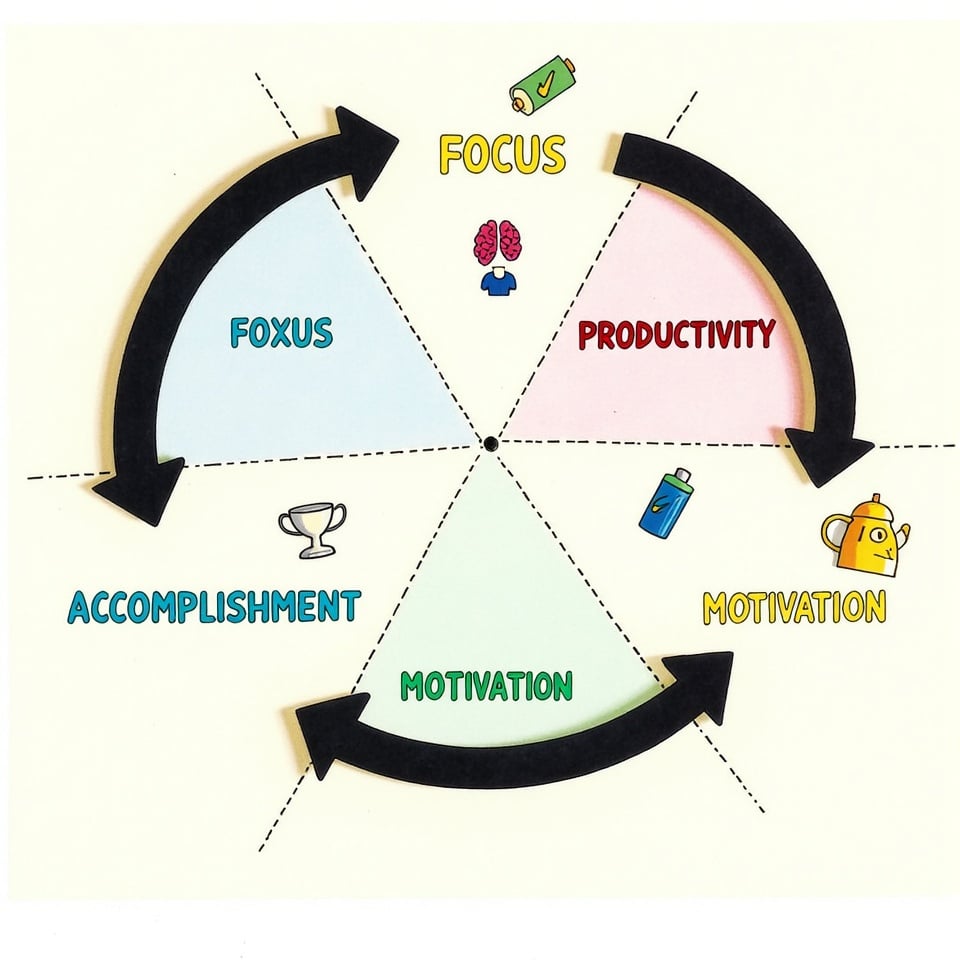- Use “between” for specific, clear choices (like choosing between pizza or burger)
- Use “among” for looser groups where things blend together (like being among friends)
Ever get stuck choosing between “between” and “among”? I know I did – especially when writing work emails.
Here’s the thing: most of us learned that “between” is for two things and “among” is for three or more.
But that’s not quite right.
The real difference is simpler than that, and once you get it, you’ll never mix them up again.
Let’s break it down with some everyday examples that’ll make this stick.
Trust me, by the time you finish reading this, you’ll be using these words like a pro.
When to Use Between
Think of “between” as drawing clear lines. You use it when you’re talking about distinct, separate things that you can easily tell apart. It’s like having different items on a table that don’t overlap – you can point to each one individually.
Here’s when to reach for “between”:
- Making Clear Choices
“I’m torn between taking the train or driving to work.”
(Here, you have two distinct options that don’t overlap) - Specific Time Periods
“The meeting is scheduled between 2:00 PM and 3:00 PM.”
(Notice how these are exact, defined points in time) - Physical Locations
“The coffee shop sits between the bank and the bookstore.”
(Each building is a separate, distinct location) - Comparing Distinct Items
“I need to choose between the red sweater, the blue jacket, and the black coat.”
(Yes, you can use “between” with more than two items – as long as they’re distinct!)
Pro Tip: Ask yourself, “Can I clearly separate these things?” If yes, “between” is your friend.
Remember: Don’t get hung up on counting items. What matters is whether you’re dealing with clear, separate choices or items. Even with five options, if each is distinct, “between” works perfectly fine.
When to Use Among
Think of “among” as describing things that blend or mingle together – like mixing ingredients in a soup. You use it when dealing with groups where boundaries aren’t super clear or when things are part of a collective.
Here’s when “among” fits best:
- Group Relationships
“The rumor spread quickly among the students.”
(The students are part of one collective group) - Shared Qualities
“There’s a sense of trust among team members.”
(The trust exists within the whole group, not between specific individuals) - Non-specific Distribution
“The teacher divided the candy among the class.”
(You’re not specifying exactly who got what) - General Locations
“She found her keys among the couch cushions.”
(The keys were somewhere in the general area, not in a specific spot)
Pro Tip: If you’re describing something that’s mixed, shared, or scattered within a group, “among” is your go-to word.
Quick Check: Ask yourself, “Is this more like picking specific items off a shelf (between) or reaching into a grab bag (among)?” If it’s the grab bag scenario, use “among.”
Using “Between” and “Among” Together
Sometimes you might need both words in the same sentence – especially when comparing individuals to groups or discussing mixed relationships. It’s totally fine and can actually make your meaning clearer!
Here are some natural examples:
- Group vs. Individual Dynamics
“Between John and his teammates, there’s been tension among the players since the last game.”
(Shows both specific relationship and group atmosphere) - Business Contexts
“The deal between our company and its competitors created new opportunities among industry players.”
(Shows specific agreement and broader impact) - Social Situations
“Between you and me, there’s been a lot of gossip among the neighbors.”
(Shows private conversation vs. group behavior)
Pro Tip: When using both, make sure each preposition serves its proper purpose – “between” for specific relationships and “among” for group dynamics.







